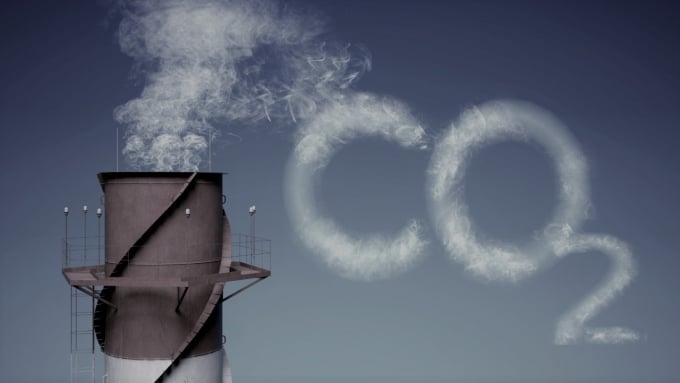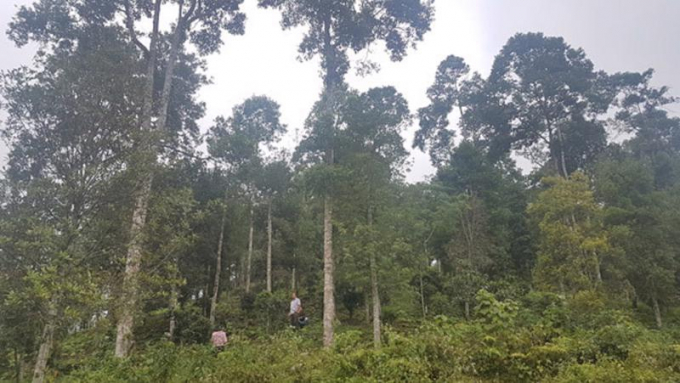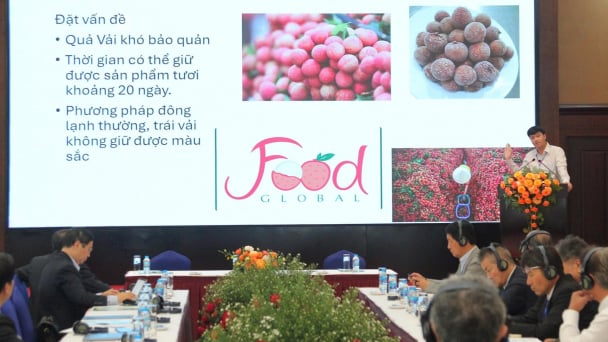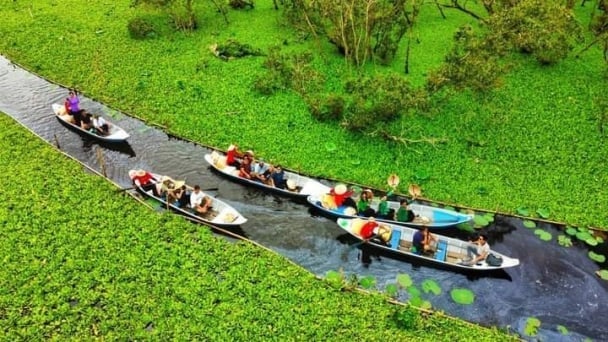June 14, 2025 | 06:26 GMT +7
June 14, 2025 | 06:26 GMT +7
Hotline: 0913.378.918
June 14, 2025 | 06:26 GMT +7
Hotline: 0913.378.918

The Decree details a number of articles of the Law on Environmental Protection, including Article 91 on mitigation of greenhouse gas emissions, Article 92 on protection of the ozone layer, and Article 139 on organization and development of the carbon market.
The Decree specifies the development roadmap and time to deploy the domestic carbon market.
Specifically, in the period by the end of 2027:
- Develop regulations on management of carbon credits, exchange of greenhouse gas emission quotas and carbon credits; develop a regulation on the operation of a carbon credit exchange.
- Implement a pilot mechanism for exchanging and offsetting carbon credits in potential areas; guide the implementation of the domestic and international carbon credit exchange and offset mechanism in accordance with the law, regulations and international treaties to which the Socialist Republic of Vietnam is a signatory.
- Establish and organize pilot operation of a carbon credit exchange from 2025.
- Implement activities to strengthen capacity and raise awareness about carbon market development.
In the period from 2028:
- Operate the official carbon credit exchange in 2028.
- Regulate activities to connect and exchange domestic carbon credits with regional and global carbon markets.
The Decree also stipulates the exchange of greenhouse gas emission quotas and carbon credits on the domestic carbon market.
Exchange of greenhouse gas emission quotas and carbon credits is carried out on the carbon credit exchange, the domestic carbon market according to regulations.
The greenhouse gas emission quotas specified in Clause 2, Article 12 are traded on the floor of the exchange. 1 unit of greenhouse gas emission quota is equal to 1 ton of carbon dioxide.
Carbon credits obtained from programs and projects under the mechanism of exchange and offsetting carbon credits are allowed to be converted into offsetting units for greenhouse gas emissions quotas on the floor of the exchange. 1 carbon credit is equal to 1 ton of carbon dioxide.
Enterprises or agencies can bid to own more greenhouse gas emission quotas in addition to the amount of greenhouse gas emission quota allocated in the same commitment period.
Enterprises or agencies can transfer the unused amount of greenhouse gas emission quotas in the previous year to subsequent years in the same commitment period.
57 million carbon credits per year
Information from the MARD shows that Vietnam can sell 57 million carbon credits to international organizations each year. Assuming the price is 5 USD/credit, each year the national budget can bring in hundreds of millions of USD.
This is considered a new resource, if known how to fully utilize, will generate a great source of funds to increase income for forest growers, making a significant contribution to the protection and development of forests in Vietnam.
Forest reserve in 2020 is about 990 million m3 and is expected to increase to 1,250 million m3 in the next 10 years. However, in order to take advantage of the potential of forest carbon credits trading, Vietnam needs to improve the legal framework to form carbon markets inside and outside the country.
Enterprises or agencies can borrow greenhouse gas emission quotas allocated for the following year to use in the previous year in the same commitment period.
Enterprises or agencies can use carbon credits from projects in the carbon credit offseting and exchange schemes to offset greenhouse gas emission in excess of their allocated greenhouse gas emission quotas over a period of commitment period. The number of carbon credits for offsetting cannot exceed 10% of the total greenhouse gas emission quota allocated to the enterprises or agencies.
The allocated greenhouse gas emission quotas will be automatically recovered by the Ministry of Natural Resources and Environment when the enterprises or agencies cease to operate, dissolve or go bankrupt.
The State encourages enterprises or agencies to voluntarily give back the unused greenhouse gas emission quotas, contributing to the achievement of the national target of mitigating greenhouse gas emission.
At the end of each commitment period, enterprises or agencies must pay for the amount of greenhouse gas emission in excess of the allocated greenhouse gas emission quotas after applying the forms of auction, transfer, borrow, use carbon credits for offset.
In addition to payment, greenhouse gas emission in excess of the allocated quota will be deducted from the allocation quota for the subsequent commitment period.
The Ministry of Natural Resources and Environment is assigned to guide the auction, transfer, borrow and giving back of greenhouse gas emission quotas.

Stabilize the natural forest area by 2030 at least equal to the area achieved in 2020 (14.4 million ha) and increase the national forest coverage to 45%, contributing to the achievement of the national target of a 9% reduction in total greenhouse gas emissions. Photo: TL.
Mr. Tang The Cuong, Director of the Department of Climate Change (MONRE), said that the mechanism of the carbon credits trading market is considered one of the most important tools - leverage for greenhouse gas emissions mitigation.
The National Programme on Reducing Emissions from Deforestation and Forest Degradation, Conserving and Enhancing Carbon stocks, Sustainably Managing Forest resources (REDD+) had been approved by the Government of Vietnam since 2017. The international community as well as many countries and partners considered this an important and effective strategy in the fight against the impacts of climate change.
The payment mechanism for forest environmental services over the past 10 years has demonstrated both Vietnam’s potential and commitment in moving towards a domestic carbon market mechanism with forest carbon being the most important product.
REDD+ identifies the 2021 - 2030 goals
- Stabilize the natural forest area by 2030 at least equal to the area achieved in 2020 (14.4 million ha) and increase the national forest coverage to 45%, contributing to the achievement of the national target of a 9% reduction in total greenhouse gas emissions by 2030 compared to the development-as-usual scenario as committed in the Paris Agreement on climate change. The contribution could increase to 27% when receiving international support.
- Expand highly effective models of REDD+ and integrate them into the sustainable forestry development program.
- Improve policies, legislation, action frameworks of the REDD+ program and get access to results-based financing sources in line with international requirements.
Translated by Khanh Linh
/2025/06/13/5330-2-004539_953.jpg)
(VAN) Changing policy mindset and removing investment barriers are urgent requirements to open up new development space for enterprises in the agricultural sector.

(VAN) The areas include the restoration of five million hectares of marine ecosystems.

(VAN) Dr. Le Van Nguyen, Director of the Institute of E-Commerce Management (ECM), emphasizes the potential for green development through the cultivation of fruit trees, particularly in provinces such as Son La.

(VAN) VAAS and numerous Vietnamese enterprises have signed cooperation agreements with Japanese partners to promote agricultural technology and trade connectivity.
/2025/05/29/5625-12-214801_567.jpg)
(VAN) Provincial mergers in the Mekong Delta promise to streamline administration, expand inter-provincial raw material areas, and foster close linkages in agricultural value chains, benefiting both businesses and cooperatives.

(VAN) Merging Mekong Delta provinces contributes to the expansion of agricultural raw material areas, addressing previous constraints caused by provincial boundaries. Additionally, this expansion will reduce costs and strengthen linkages between businesses, cooperatives, and farmers.
/2025/05/29/1043-2-153730_145.jpg)
(VAN) The Government's policy to merge provincial-level administrative units opens up major opportunities for the Mekong Delta region to reshape its agricultural development strategy toward large-scale production, effective regional linkages, and sustainability.